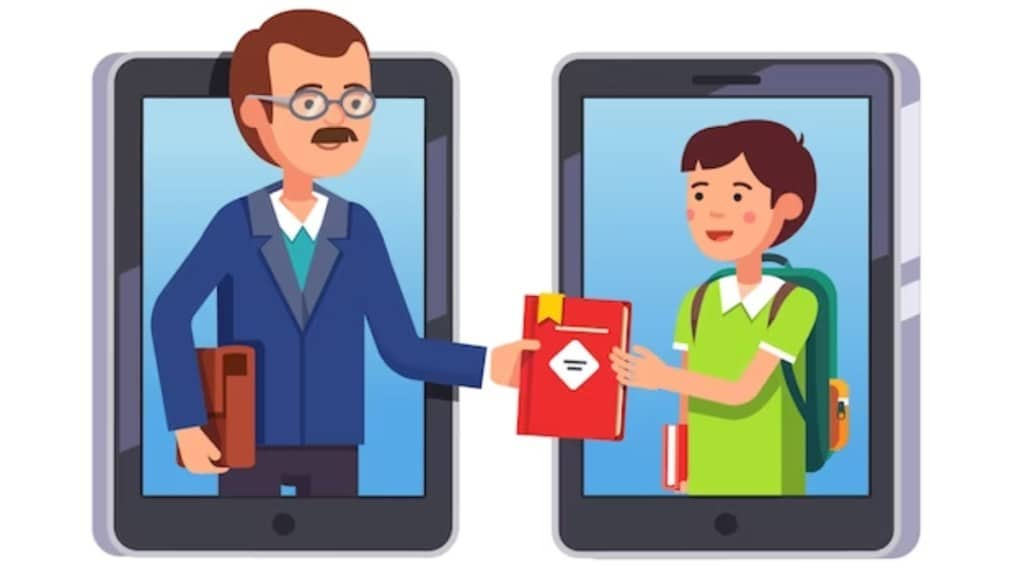By Amit Kapoor
Indian teachers, from the illustrious lineage of revered gurus such as Dronacharya, Dr. Sarvapalli Radhakrishnan, to contemporary figures like Anand Kumar, have consistently overhauled teaching, laying a foundation for aspiring educators. Even as the educational landscape undergoes a digitised revolution with the advent of new and emerging technologies, teachers have recognised the significance of adapting to cater for the needs of 21st-century learners.
Pegging our hopes for an increasingly digitised future, Indian education has experienced a notable upsurge in adopting tech platforms, with educators and institutions actively embracing their roles as catalysts of transformation. As schools and educators adapted to the paradigm shift brought about by the post-pandemic “new normal,” the utilisation of EdTech platforms witnessed a significant surge. According to an IBEF report, the Indian tech sector, which was valued at $750 million in 2020, is expected to reach $4 billion by 2025 at a CAGR of 39.77%.
Government’s Guiding Hand
The Indian education sector is on the brink of further expansion as the government acknowledges the pivotal role of technology-enabled training in augmenting teachers’ competencies. Aligned with the National Curriculum Framework (NCF) and the National Education Policy (NEP) 2020, the government has emphasised digitisation and core skills training for teachers to foster professional development. This entails a mandatory completion of at least 50 hours of Continuous Professional Development (CPD) modules or workshops annually for teachers, administrators, and principals to enhance their expertise continuously.
Hurdles Faced
While the rapidly transforming edtech sector, government aid and its transformative role is, teachers are now faced with the following hurdles of re-evaluating their approaches to imparting education:
The desideratum of Being Digital Savvy – Tasked with educating a generation of young minds, the digital natives, who were born alongside a flurry of gadgets and with considerable technological acumen, digitalisation and availing technology has become a prerequisite for teachers. In addition to upskilling themselves in core and soft skills, teachers must attain proficiency in the latest tools and technologies to create a sundry of new learning approaches suitable for digital natives.
Addressing the learning gap – Post-pandemic, teachers often face the quandary of teaching students with a learning gap between in-class and self-learning. The proliferation of tech has empowered young learners with access to many new-age sources of information beyond the conventional source of learning, textbooks. Considering this, teachers now must be increasingly conversant of the diverse sources and perspectives available to students.
Transitionary Hurdles -The transition from a linear class management approach to a participatory, engaging, and entertaining paradigm presents a substantive challenge for educators. Effectively capturing and sustaining the attention of young learners within the context of topic discussions, subjects, or projects necessitates an intricate balance and commitment to maintaining a sharp and focused attention span, especially with a plethora of digital sources at students’ disposal.
Edtech contributing to the arsenal of Solutions
The advent of edtech platforms and their proliferation across India, fuelled in a post-pandemic scenario, comes with a cornucopia of viable solutions to these hurdles for teachers. EdTech platforms, emerging as transformative digital messiahs, offer teachers abundant opportunities to adapt effectively to modern classrooms through online courses, webinars, and workshops.
These are supplementary to the government mandated courses and guide teachers in utilising diverse pedagogical and technological approaches for achieving optimal educational outcomes.
Leveraging data and analytics, these platforms assist in curating relevant educational resources, such as websites and apps, aligned with the curriculum and pedagogical goals. By doing so, they empower students to navigate and critically evaluate the information influx they live in. As a result, teachers can bridge the learning gap and establish a seamless continuum of learning. Furthermore, these platforms cater to the unique needs of 21st-century learners, offering engaging tools and customised learning solutions. This facilitates the transition from traditional linear class management to participatory and captivating approaches, ensuring sustained attention and focus amidst the myriad distractions of the digital age.
Final thoughts
With synergy between government initiatives and ed-tech platforms, Indian education can expect even further percolation to the grassroots and take this digital revolution to Tier 2 and Tier 3 schools. With the aid of edtech players, teachers can turn the tide, build on the legacy of revered gurus, and inspire future generations. As we witness this harmonious blend of traditional wisdom and technological advancements, we can confidently assert that the future of education in India is in the capable hands of trailblazing educators heading towards Shiksha and Gyan.
The author is co-founder of Eupheus Learning. Views are personal.

